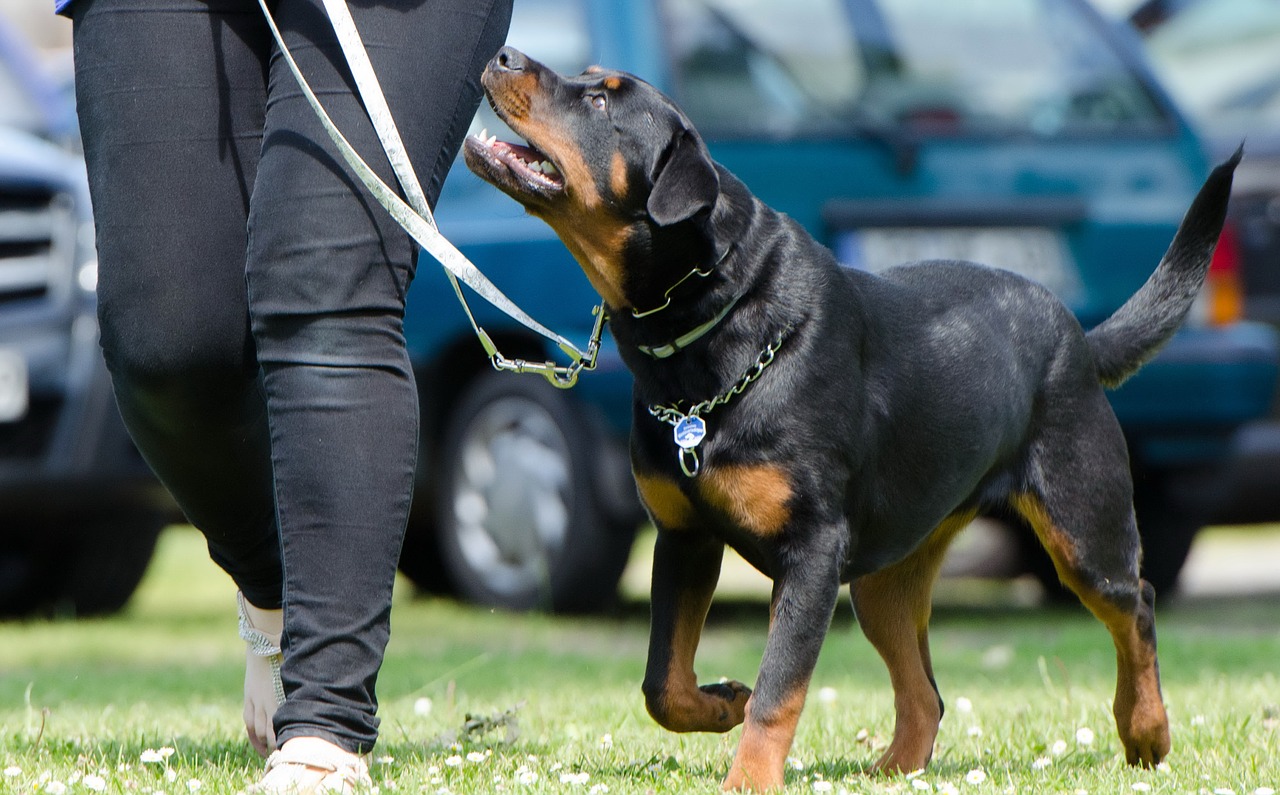The Importance of Positive Reinforcement in Dog Training

Positive reinforcement is a well-established and effective dog training method that rewards good behaviour to encourage the same actions in the future. This approach to dog training is based on the concept that a dog will repeat behaviours that are rewarded and stop those that are not. The primary aim of positive reinforcement in dog training is to help your dog learn the desired behaviour by reinforcing good habits.
As a pet owner, you need to understand the principles of positive reinforcement in dog training, particularly if you have decided to enrol your furry friend in residential dog training in Scotland. Positive reinforcement is a humane and effective approach to dog training, which is focused on rewarding good behaviour with treats, praise, and other incentives that your dog likes. This type of reinforcement increases the likelihood of the behaviour being repeated by associating the action with a positive experience.
The Benefits of Positive Reinforcement in Dog Training
There are numerous benefits to positive reinforcement in dog training, including:
A stronger bond with your dog: Using positive reinforcement in dog training helps to create a positive and friendly environment, which strengthens the bond between you and your pet. Your dog will become more comfortable and confident around you, which can help them become more obedient and well-behaved.
Better behaviour: Positive reinforcement encourages dogs to exhibit desirable behaviour while ignoring unwanted behaviour. This can lead to a well-behaved dog that is responsive to your commands and behaves well in public spaces.
Increased confidence: With positive reinforcement, your dog is likely to develop more confidence in their abilities, making them less prone to anxiety and fear-related behaviour.
Improved communication: Positive reinforcement allows for clear communication between you and your dog. The use of rewards and praise can help your dog understand what you expect from them.
How to Use Positive Reinforcement in Dog Training
Using positive reinforcement in dog training is a simple and effective process. Here are some steps to follow:
Identify the behaviour you want to reinforce: Before you start training your dog, you need to identify the behaviour that you want to reinforce. You can then start rewarding your dog every time they exhibit this behaviour.
Choose the right reward: Rewards can be anything that your dog likes, such as treats, praise, or a toy. You need to choose a reward that your dog finds valuable and enjoyable.
Be consistent: Consistency is crucial in positive reinforcement. You need to reward your dog every time they exhibit the behaviour you want to reinforce.
Start small: Begin with small, achievable goals and gradually increase the difficulty of the training as your dog progresses.
Avoid punishment: Avoid punishing your dog for unwanted behaviour. Instead, redirect their behaviour to something positive and reward them when they exhibit good behaviour.
Conclusion
Positive reinforcement is an essential component of dog training, and it is an effective way to encourage good behaviour in your furry friend. Positive reinforcement is a humane and effective way to train your dog, and it comes with numerous benefits for both you and your dog. When you use positive reinforcement in your dog’s training, you will create a stronger bond, improve communication, and increase your dog’s confidence.











